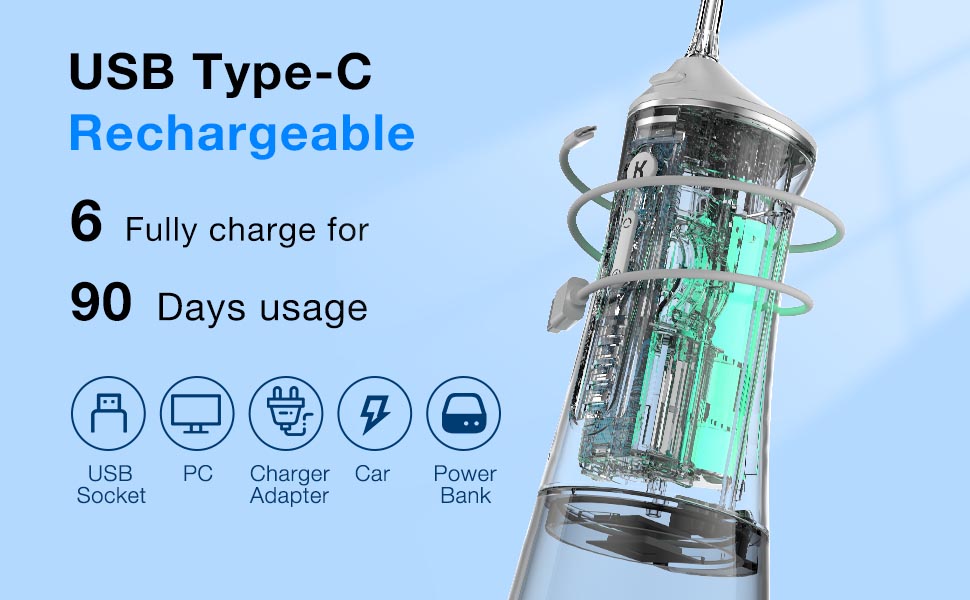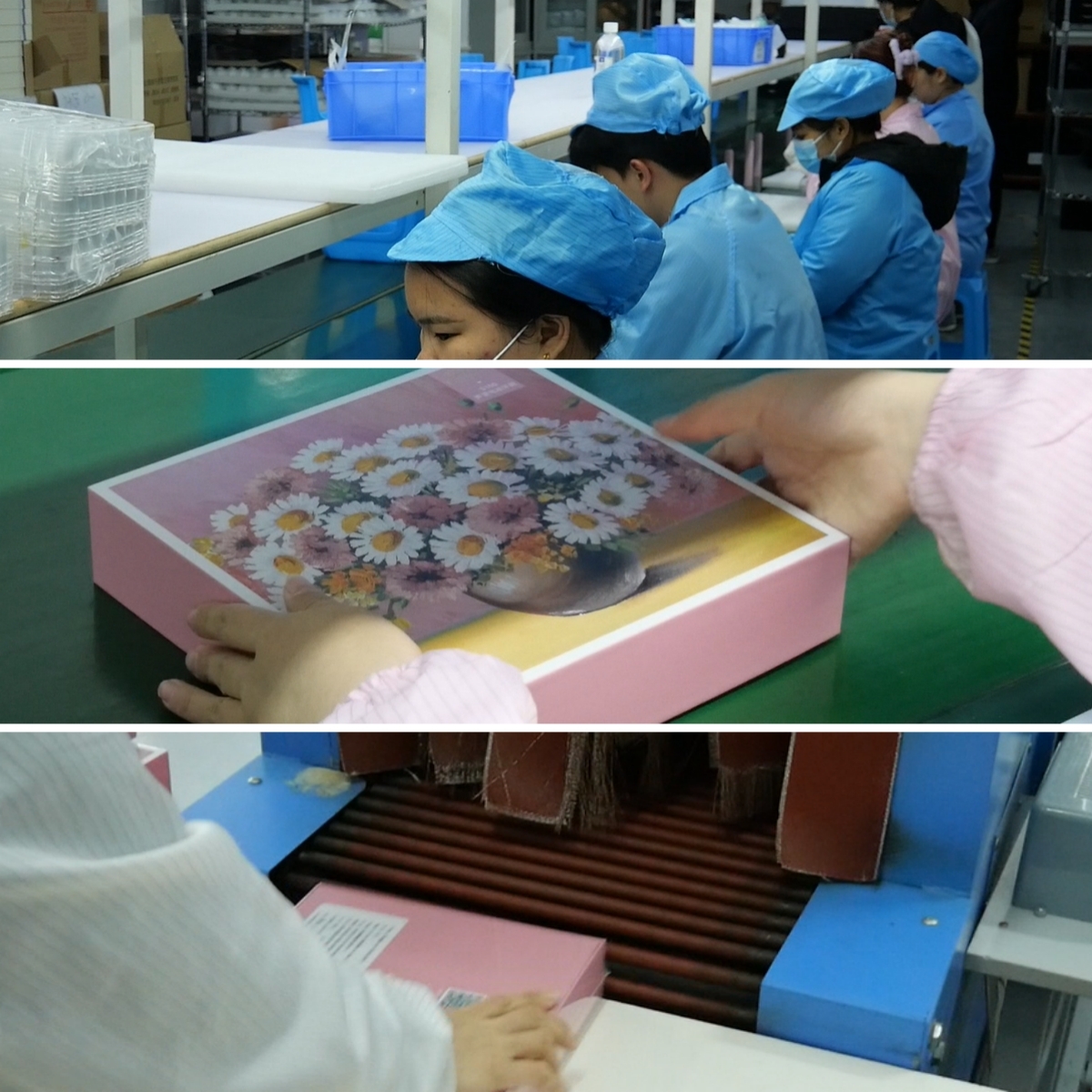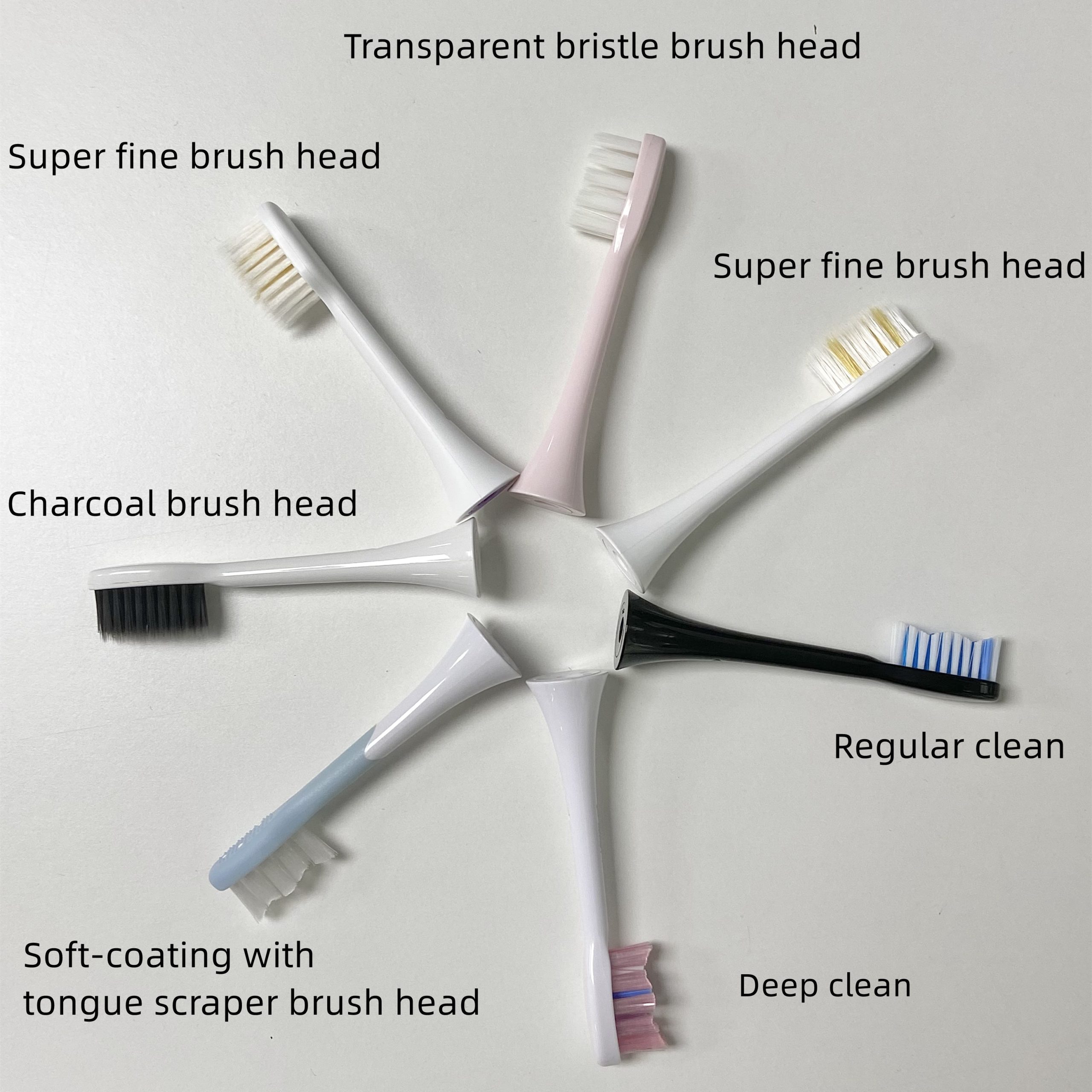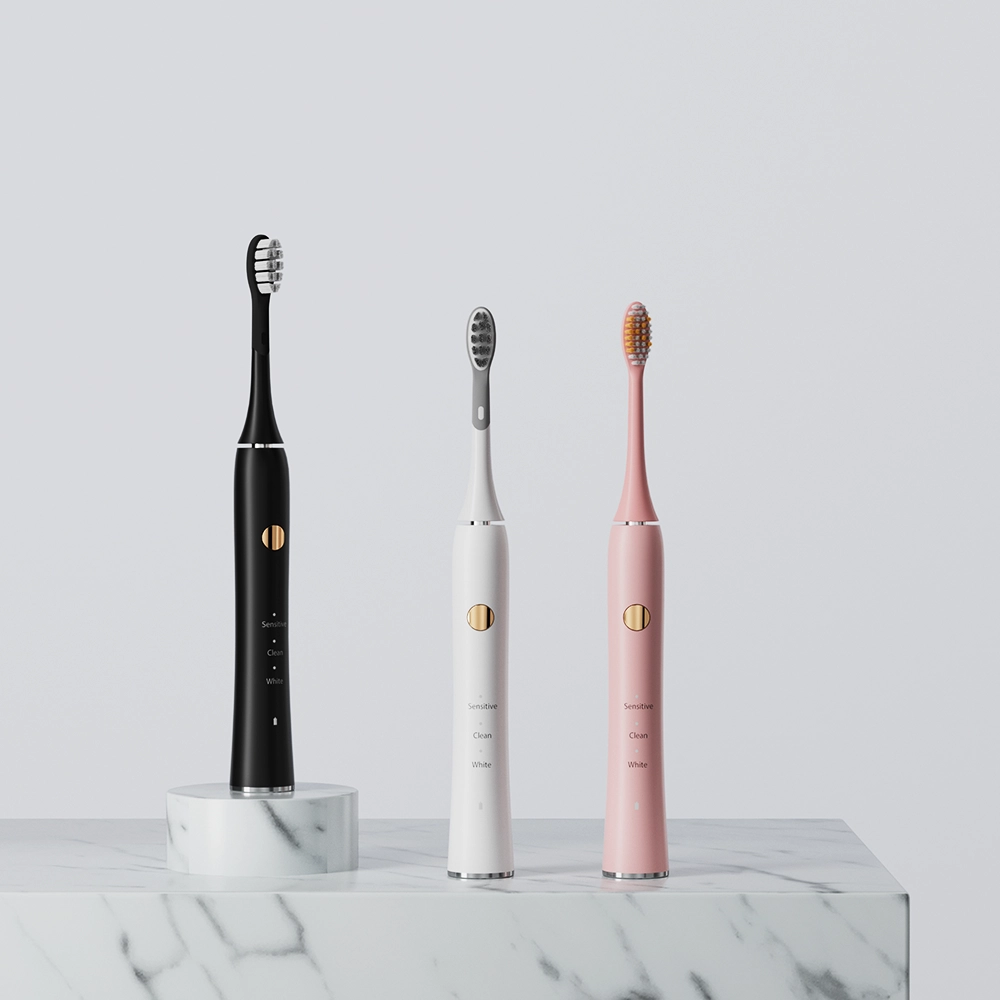In recent years, enamel wear caused by improper brushing techniques, especially the overbrushing habit, has become a concern not only for consumers but also for oral care manufacturers. While many users believe aggressive brushing leads to cleaner teeth, excessive force combined with improper product design may result in irreversible damage to enamel. Can this type of enamel wear be reversed? More importantly, how can manufacturers address this issue through smarter design?
Enamel wear refers to the gradual loss of the protective outer layer of teeth. Once enamel is eroded, the underlying dentin is exposed, leading to:
In B2B product design, enamel preservation must be a key priority. Devices that fail to protect enamel risk damaging both brand reputation and consumer trust.
The overbrushing habit involves:
Products that do not actively discourage this habit — for instance, by lacking pressure sensors or feedback mechanisms — may unintentionally contribute to enamel wear. Company web:https://www.powsmart.com/product/electric-toothbrush/
-1-scaled.png)
Unfortunately, enamel once lost cannot regenerate naturally. Solutions include:
However, these interventions are costly and inconvenient, highlighting the responsibility of manufacturers to focus on prevention rather than repair.
Manufacturers should consider the following engineering solutions:
These proactive features can help prevent enamel wear at the source.
In addition to product engineering:
Educating consumers not only enhances user satisfaction but also reinforces the manufacturer’s brand as safety-conscious and customer-focused.
The short answer is no — enamel wear caused by chronic overbrushing habit is largely irreversible. Therefore, prevention through device design is critical. As a B端 oral care manufacturer, integrating pressure sensors, offering soft-bristle heads, and ensuring intelligent feedback systems are not optional features—they are a market necessity.
Addressing this issue today means protecting both your end users and your long-term brand reputation. Interested in developing enamel-safe toothbrush solutions? Contact us for R&D support and technical consultation. Contact us

Benefits of Electric Toothbrushes: Why Brands Should Invest in electric toothbrush Quality Manufacturing
Plastic Odor Triggering Throat Irritation – Toxic?

My Water Flosser Cannot Be Charged: What Causes It and How Can I Fix It?
.jpg)
What Should Be Noted When Developing or Selecting Children’s Oral Care Products?
.jpg)
Top Products for Cleaning and Maintaining Your Braces: Dentist-Recommended Tools

Can Travel Electric Toothbrush’s Waterproof Failure Cause Circuit Corrosion?

Electric Toothbrush Factory – Tell You the Proper Way to Brush Your Teeth

Pricing Strategy for teeth whitening brands: Balancing Costs and Market Positioning
Practical Mother’s Day Gifts Smart Toothbrush | Powsmart
Can Charging Overheat Worsen Joint Leakage?

Do V-Shaped Heads Clean Braces Better?

Is It Necessary to Replace the Brush Head of the Electric Toothbrush in 3 Months?

Strategies for Optimizing Supply Chain Management in Electric Toothbrush Factories
Private Label Dental Products China | OEM and Bulk Supply

Does an orthodontic brush simplify braces care?
Why Choose a Toothbrush Sourcing Agent for Toothbrush with Pressure Sensor?

electric toothbrush heads Regular Clean

electric toothbrush heads Deep Clean

electric toothbrush heads Charcoal Infuse-Round
.jpg)
Florida Electric Toothbrush – Powsmart PTR-C8

Private Label Whitening Gel

electric toothbrush heads Ultra Soft

Customization Teeth Whitening Gel

Electric toothbrush heads Charcoal Infused-Diamond
whstapp
whstapp
National Toll-Free Service Hotline
+86 755 86238638